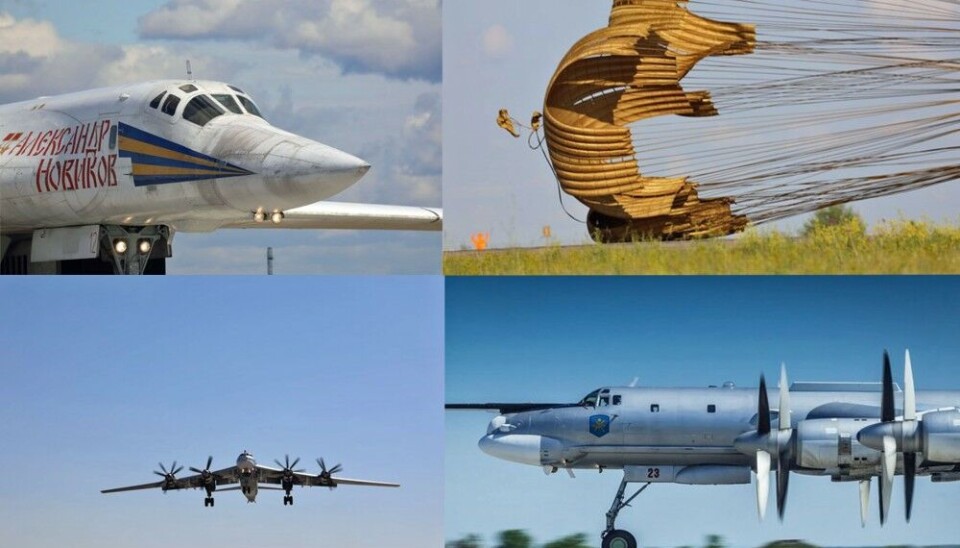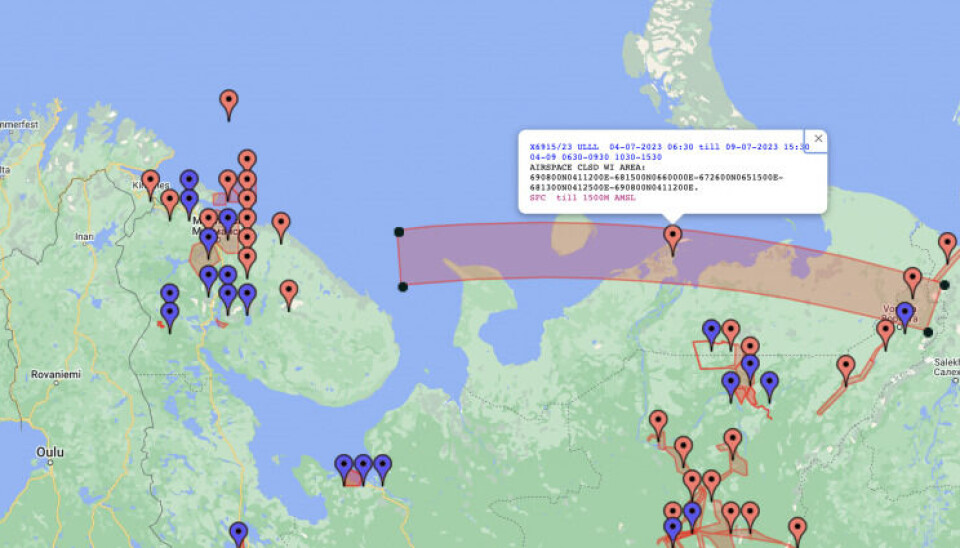
Russia kicks off strategic aviation exercise over the Barents Sea ahead of next week’s NATO Summit
A large area from the eastern Barents Sea to the Ural Mountains is now closed off for civilian aviation as the bombers will launch tactical missiles against on-ground training targets.
The nuclear-capable bombers participating are flying north from the Kola Peninsula and Siberia.
The exercise is simultaneously happening in the Murmansk and Irkutsk regions, the Defense Ministry states.
“Long range aviation crews will work out air patrols in a given area, flight missions along the route in various meteorological conditions, and they will also perform tactical launches of weapons towards established targets at training ranges.”

The Russian NOTAM-warning (Notice to Airmen) stretches all east to the Pemboy test range near Vorkuta in the northern Urals. This range is frequently used as targets during strategic nuclear forces drills in northern regions, like last February when Vladimir Putin coordinated the massive Grom [Russian for Tunder] exercise, involving all three legs of Russia’s nuclear triad, plus cruise missiles.
The cross-Arctic nuclear show-off took place a few days ahead of Russia’s full-scale war against Ukraine.
In its statement on Wednesday, the Defense Ministry does not details which weapons, cruise missiles, are to be tested from the strategic bombers.
In the West, military experts are not jumping to conclusions that Russia’s exercise is anything worthy of concern. For now at least.
“Whether this is a long-planned routine exercise or a symbolic demonstration of force ahead of NATO’s summit in Vilnius, is hard to say. It could well be a combination,” says Kristian Åtland, senior researcher at the Norwegian Defence Research Establishment.
The NATO Summit in Vilnius next week is expected to agree on new deterrence, shape the alliance’s response to potential attacks and debate how best to help Ukraine.

Not aimed at Summit
“The Russian authorities have been keen to highlight in the official statement that this exercise takes place according to their combat training plan schedule. Given that most of the key decisions are probably already agreed among allies, this may suggest that the exercise is not specifically aimed at the NATO summit. Still, it carries a signal aimed at NATO in general,” says professor Katarzyna Zysk, an expert on the Russian military at the Norwegian Institute for Defence Studies.
She adds that Russia indeed constantly makes sure NATO leaders remember the nuclear potential and escalation potential. “This in an attempt to influence the allies’ decisions regarding Ukraine,” Zysk says.
The professor underlines it is important to remember that the Arctic region plays an important part in the Russian nuclear strategy, including as a pathway for strategic bombers and with airfields that can be used for their dispersal in crisis and conflict.
“The region itself has maintained its importance to Moscow for many reasons, including because of an increased threat perception and sense of vulnerability deriving from Russia’s growing conventional weaknesses, depleted resources, and increased tensions with the West,” Katarzyna Zysk says.
It was last fall Russian long-range aviation forces started to move Tu-95 and Tu-160 bombers north to the Olenya Air Base (Olenegorsk-2) on the Kola Peninsula. Since May this year, all aprons along the runway were occupied by Russia’s largest and heaviest combat aircraft, the Barents Observer reported. Over the last few months, the aircraft has led many waves of missile attacks on civilian targets in Ukraine.














